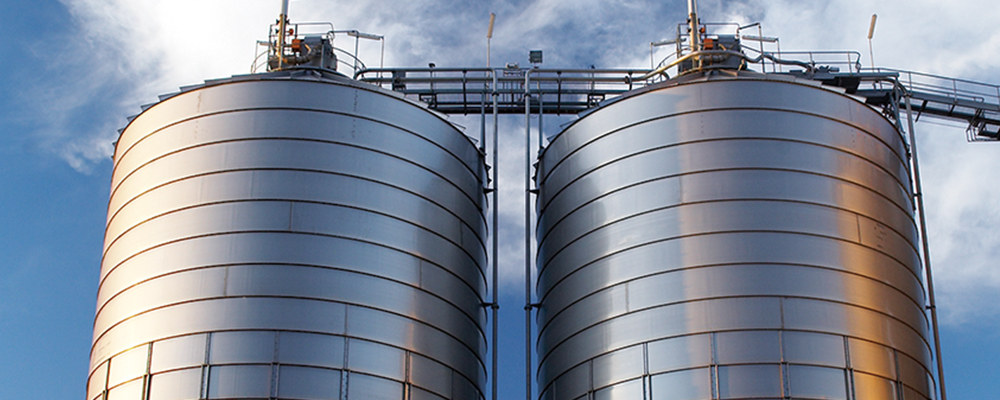
Chlorine
Chlorine (Cl) is a naturally-occurring chemical element, one of the basic building blocks of matter and an essential nutrient for plants and animals. It is one of the members of the ‘halogen’ group of elements, along with fluorine (F), bromine (Br), iodine (I) and astatine (At). Halogens contain seven outermost electrons which is a highly unstable configuration (eight is considered extremely stable) and they seek an additional electron to achieve a “stable octet.” As a result, halogens are always found in nature chemically bonded.
Because of its “pursuit” of a stable outer electron shell, chlorine is a highly reactive substance with the ability to combine directly with other elements. It can form many types of compounds, including salts, and is a good oxidiser.
Chlorine can be manufactured from a number of sources, most commonly salt or sodium chloride. It is used in the manufacture of chlorinated organic chemicals which make a significant contribution to modern building materials, healthcare and living standards, for example in:
- water purification.
- >90 per cent of prescription.
- pharmaceuticals.
- certain plastics.
- silicon’s.
- flame-retardant compounds. paints.
There are thousands of naturally occurring “organochlorine” compounds — chlorine-containing organic compounds — that have been identified in living organisms.
The chlor-alkali industry
Chlorine production is inextricably linked to the production of caustic soda.
Chlorine and caustic soda are co-products, roughly evenly produced by the chlor-alkali industry. Since chlorine cannot be stored, chlor-alkali plants are operated in line with demand for chlorine, itself highly influenced by the demand for PVC. Worldwide about 35-40 per cent of the chlorine manufactured is used to make PVC. Demand for PVC is, to a large extent, driven by construction activity and infrastructure investment.
Both chlorine and caustic soda are fundamental to the manufacture of a wide range of modern materials. Caustic soda demand is largely taken up by aluminum production, wood pulping for paper production and soap making.
In Australia, about 60 per cent of the chemical manufacturing industry involves the direct use of chlorine but almost all chemical manufacturing relies indirectly on chlorine or chlorine products.
Most modern building materials – metals and plastics – would be hard-placed to exist without the chlor-alkali industry.
In recent times, the role of chlorine as a feedstock in manufacturing has been criticised because of the potential for emissions of a very reactive substance. Environmental group, Greenpeace, has also called for the phasing out of all synthetic chlorine in the past. Its campaign against chlorine led to it targeting the PVC industry, as the single largest use of chlorine worldwide.
It is known that some organochlorine compounds, such as Chlorofluorocarbons (CFCs), have caused significant global environmental concerns. Yet some forms and uses of chlorine chemistry have provided enormous public health advances, such as chlorination of drinking water and use of PVC pipes. PVC resin is in fact a very stable, virtually inert compound.
Many authorities and expert professional associations have issued statements of strong support for the benefits of chlorine chemistry to society.
"… 50 scientists from nine countries … noted that calls to ban all uses of chlorine to protect the environment are not supported by a critical review of the scientific evidence. They felt that most chlorine chemicals can be produced and used safely."
[ The Society of Environmental Toxicology and Chemistry, 1994 ]
For more detailed information on the properties of chlorine, visit the American Chemistry/Chlorine Chemistry Division website www.americanchemistry.com





